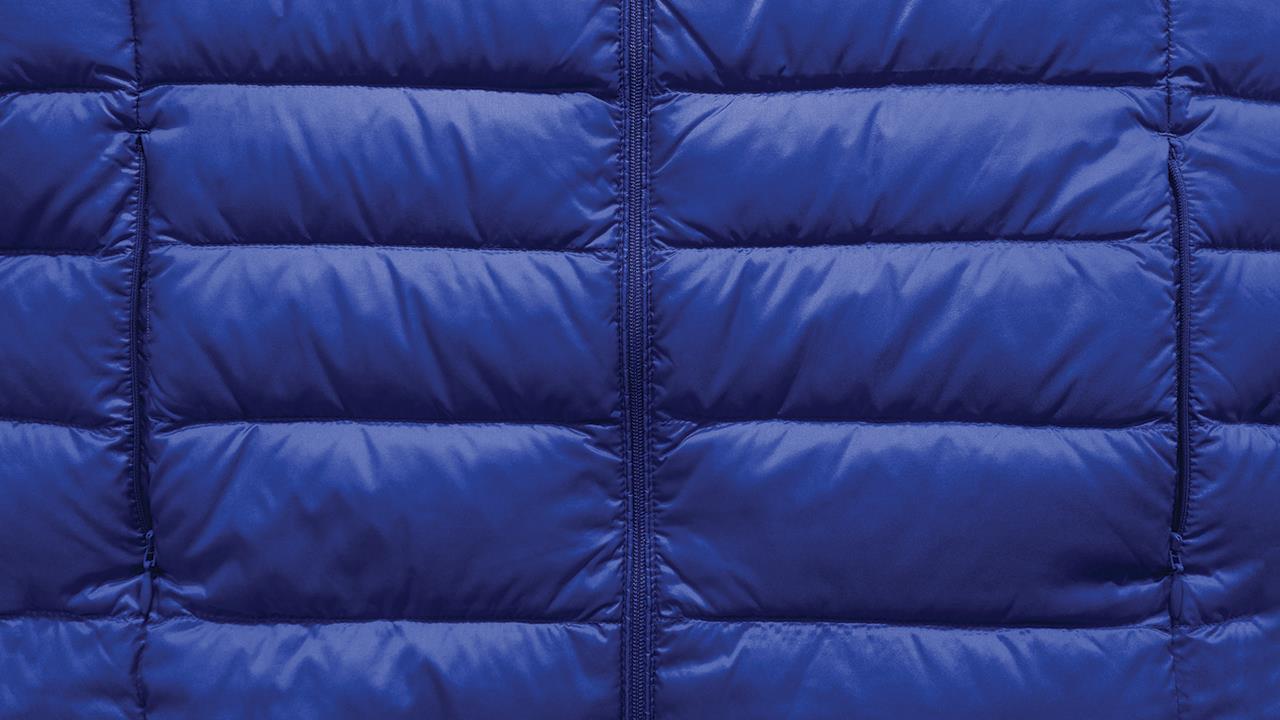


Energy efficiency has, for a long time now, been at the forefront of heating and hot water system designs. Isaac Occhipinti, Head of External Affairs at the Hot Water Association (HWA), takes a look at one key element of this – insulation of the hot water tank.
European minimum energy limits for tanks heated by an external heat source (i.e. a boiler, solar panels, or a heat pump) use the rate of heat loss from the tank as the key energy efficiency measure. This is entirely sensible. Having put energy into a hot water store to raise the water temperature to a usable level, you would not want to lose it to the surrounding air rather than deliver it as hot water.
Following this, hot water storage tanks must fall within a maximum heat loss figure derived from its volume to meet Building Regulations. Manufacturers must label their hot water vessel with its measured heat loss so it can be easily established that the limits are not being exceeded.
The EU Energy Label also rates the insulation level on an A+ to F scale, although any tank placed on the market after 2017 must be a minimum of a C banding. The higher the rating, the better the insulation and the less heat is lost.
However, I am sure a number of installers still come across a ‘bare’ tank insulated by the application of a sectional flexible jacket – usually red in colour. Even when new, these jackets are very unlikely to meet the maximum heat loss allowed, as they are applied with the cylinder in position and attached to the cylinder with ties or straps with the sections not meeting over large sections of the tank surface.
Additionally, they do not closely conform to the pipe connection points, further exposing bare metal surfaces.
Insulation jackets that have been fitted for many years will also show signs of wear and tear. Literally, in some cases, as the soft plastic cover can be easily torn, exposing the fibre insulation matting within. The plastic can also become stuck over time to the hot tank surface.
It is estimated that cylinders with this type of jacket could be losing anything up to 10kWh of heat per day which, at current energy prices, equates to over £500 per year. Needless to say, such an installation will not carry any indication of its energy efficiency level and it almost certainly would not meet the Building Regulation limits.
Where an installer encounters such a tank, they should point out to the householder how inefficient such an arrangement can be; the high heat losses will be costing the consumer in their monthly energy bill. Even fitting a new jacket will not come close to the insulation levels a factory insulated tank will provide built to the latest standards.
The likelihood is that a tank using a loose jacket does not incorporate modern, more accurate thermal controls, resulting in greater inefficiencies. Also, they may not incorporate the level of safety required in current tanks. However, fitting a hot water tank manufactured to current standards will address all these issues.
Hot water storage cylinders are now typically supplied with factory-applied insulation, either spray foamed or injected between the tank and an outer casing. A number of insulation materials can be used with various thermal conductivities.
The higher the thermal conductivity of a material, the more easily it will transmit heat, and a high thermal conductivity will usually result in a much thicker layer of the material being needed. The most common materials used are expanded polyurethane, fibre sheet, expanded polystyrene, or expanded polypropylene.
Tanks with an A+ or A rating are also likely to incorporate vacuum insulation panels in the assembly. Larger tanks may also be supplied uninsulated with a number of moulded insulation panels provided for site application. In this case, when applied to the manufacturer’s recommendations, the heat loss limits would be complied with.
Of course, the hot water storage cylinder is only one part of the hot water distribution system, the pipework delivering the hot water to the various outlets should also be considered. Building Regulations compliance guidance requires all pipes connected to the tank (including the vent pipe in a vented system) to be insulated for at least 1m from the tank.
Secondary circulation circuits should also be insulated over their entire length to avoid the return water cooling the tank. Best practice would be to insulate all hot water distribution pipework, certainly where it passes through unheated spaces.
Cold water pipes should be insulated when located outside the heated space of a property to avoid freezing. Pipe insulation is available to purchase in pre-moulded lengths for different pipe diameters that can be cut to length to suit the installation.
If you'd like to keep up-to-date with the latest developments in the heating and plumbing industry, why not subscribe to our weekly newsletters? Just click the button below and you can ensure all the latest industry news and new product information lands in your inbox every week.